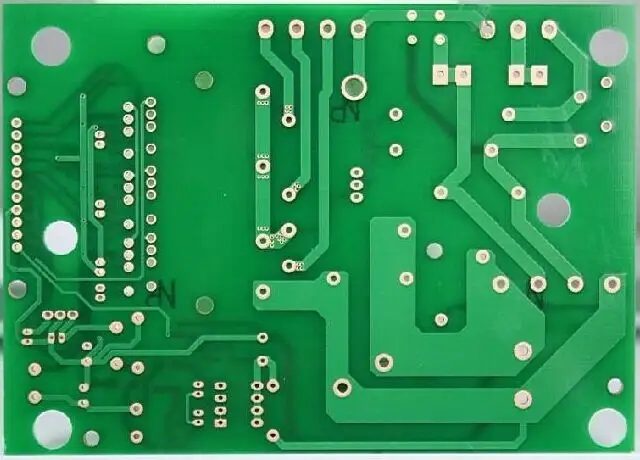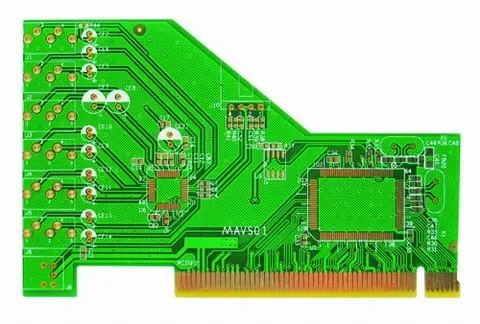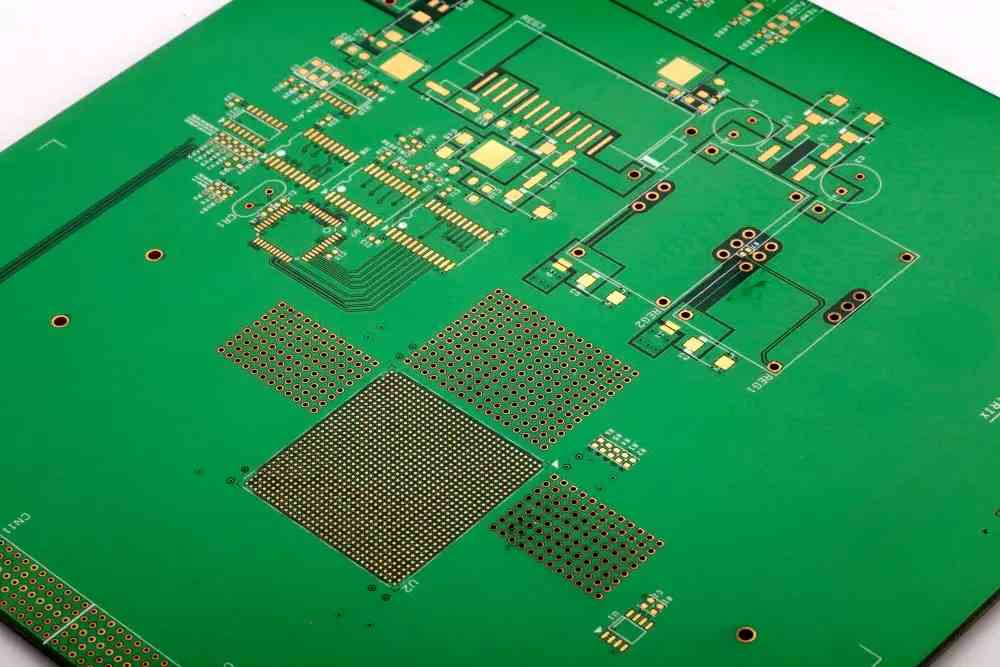
Portable intelligent driver makes PCB layout more orderly
Small portable electronic systems have been developing continuously, such as mobile phones, PMP (personal media player), DSC (digital camera), DVC (digital camera), PME (portable medical equipment) and GPS (global positioning system), and their functional characteristics have become richer and richer from generation to generation. What follows is that the requirements of some peripheral PCB boards tend to be similar, because their power supplies, ports and MMI (Human Machine Interface) all use similar technologies.
Three level strategy for low-power full-featured products
With the increasing function and performance of portable systems, the demand for power management is also increasing. Therefore, the strategies used by OEMs to solve power consumption problems are also developing.
The first level strategy focuses on the efficiency of the energy management subsystem, including minimizing losses on DC/DC converters, LDOs, battery management, and battery protection PCB boards.
This is a power subsystem centric approach, which largely depends on the semiconductor supplier's ability to produce components and integrated devices with lower power consumption than similar devices on the market. This makes the main task of OEM engineers to become the selection of components, balancing energy efficiency, component cost, package size and other factors.
Although this strategy has been very effective and the component market is aware of this benefit, most analog and analog based mixed signal IC manufacturers have not benefited significantly from the continuous reduction of process size.

The focus of the second level strategy has shifted from the power supply to some parts of the system, even the parts of large-scale ASICs that do not work at certain times. This strategy is particularly effective when it is applied to high energy consumption users such as wireless link hardware and display backlight, and can extend the working time of each charge by turning off even low power consumption loads (such as audio subsystem, I/O port or nonvolatile configuration memory). For example, currently produced mobile phones have 20 or more power domains.
In addition to saving power consumption caused by idle current in high-power PCB circuits such as RF components and display backlights, this strategy can effectively reduce static power consumption as long as the system can turn off a clock driven PCB circuit. With the development of IC manufacturing technology to an unprecedented smaller size, this strategy can effectively replace clock gating to reduce idle current.
This power reduction strategy depends on the technical contributions of the system architect, hardware and software implementers, and ASIC vendors. Although this strategy is successful, it is also limited by the number of application processors. These additional features will force designers to consume more computing resources with higher power consumption. For example, mobile phones have switched from ARM7 to ARM9 and ARM11 processors as optional baseband and auxiliary processing resources. Other portable electronic products have similar trends, although to a lesser extent.
The third level strategy focuses on reducing the power consumption of various functions without sacrificing performance. A feasible technology is to use distributed intelligent management, which is characterized by no need for baseband or powerful processing power and speed of application processors.
This strategy allows the processor to transfer all functions to the semi-automatic peripheral controller. The result is that the processor can sleep during human activities rather than data processing or communication tasks. However, data processing or communication tasks need to exert the full capabilities of the processor. The intelligent display backlight driver is a good example.
Backlight scheme under the third level strategy
Users of portable electronic products need to have a clear and visible screen display under various ambient light conditions. At present, portable products often use photodiodes or phototransistors to estimate the ambient light brightness, which is used as the input of backlight driver control. Photosensitive sensors need signal conditioning PCB circuit board: excitation in the form of DC bias, amplification and A/D conversion or at least one or two threshold detection.
Either through external components or through on-chip analog I/O pins, the main processor usually monitors the output of the photosensitive sensor in the form of regular data conversion. The speed of this conversion is in the order of one to several times per second. The controller then * estimates the conversion results, which are usually divided into three levels, corresponding to the whole day, bright indoor environment or dim environment.
The processor completes the control process by sending the control signal to the backlight driver, and then the driver provides one of the three possible current levels to the LED string. However, this approach is not efficient. In fact, this is a way of microprocessor management: under the monitoring of powerful and expensive central resources, tasks are delegated to a part of the system with low operating costs. This does not seem to help with processor task offloading. The circuit board assembly and circuit board processing manufacturers explained that the portable intelligent driver makes the PCB layout more orderly.







